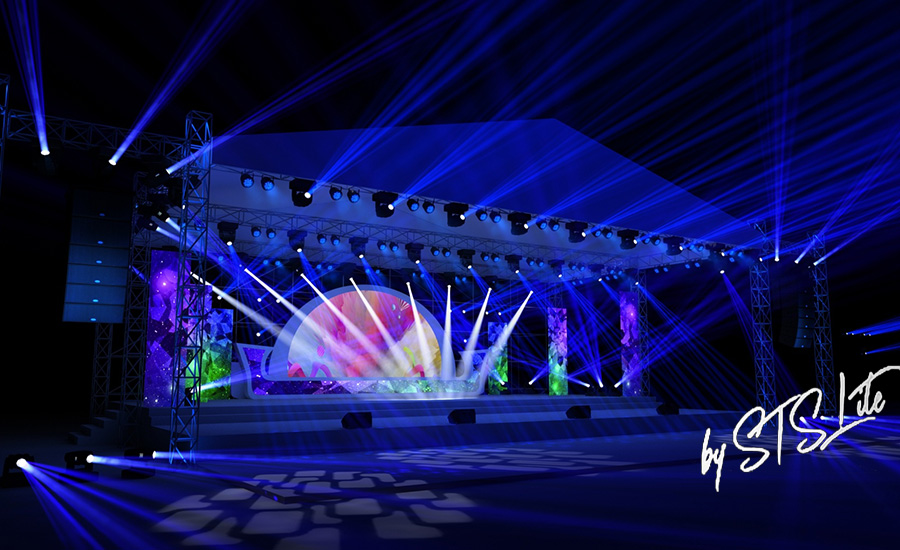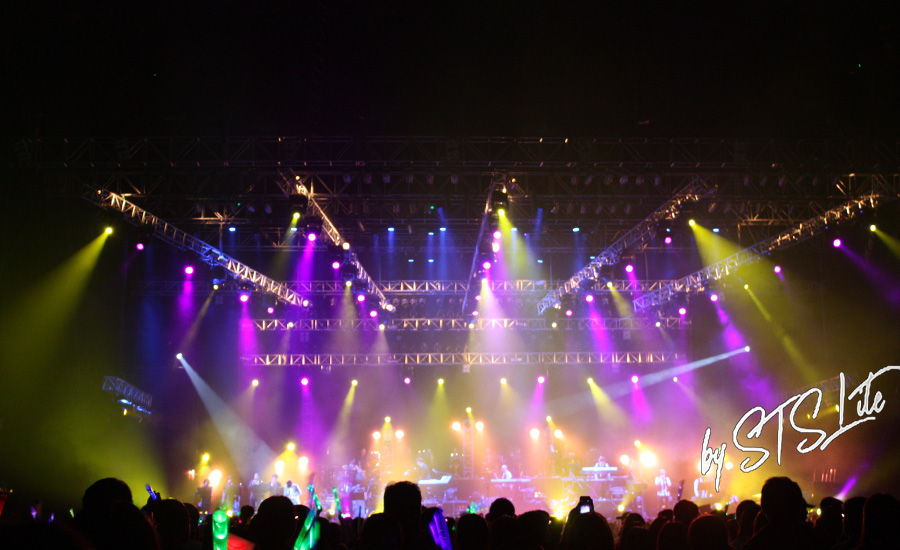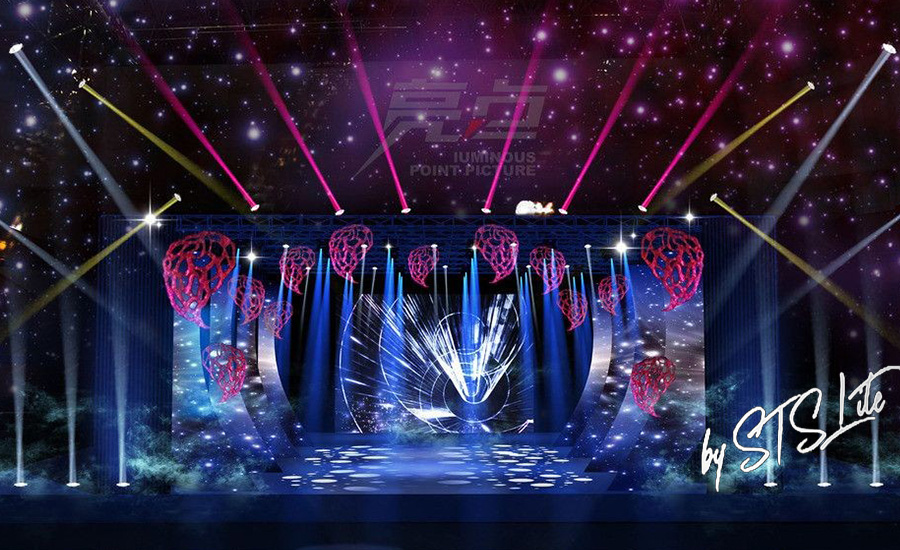Lighting can be said to be the soul of the stage. As a designer, you must clarify the theme of the stage performance in time, understand the background of the story and the character characteristics of the characters, and then design and match the lights ingeniously, so as to give the audience a more beautiful and splendid senses. The effect allows them to quickly integrate into the situation and gain a sense of true feelings. As for how to properly design and present stage lighting, the relevant details will be gradually extended in the future.

1. Measures for reasonable design and vivid presentation of stage lighting
For the ingenious design and wonderful presentation of stage lighting, the first priority is to clarify the emotional tone, style characteristics, and plot patterns of the performance, and then select and match appropriate lamps, including downlights, imaging lights, spotlights, etc. Wait. In the process of using stage lighting, it is mainly to match a series of colors with a fixed-point light source, and then present a rich visual effect; and the subsequent in-depth lighting design should pay attention to respect and protect the naked eye as much as possible, and avoid contact with the audience. The viewing habits conflicted, and then based on the scene material, character costume props, etc., the perfect shaping treatment was carried out. As for the specific details to be controlled in the stage lighting design and presentation, it is expressed as:
(1) The presentation of light and color technology
In the process of stage performances, the clever use of lighting and color technology was chosen to present different situations and atmospheres, making the live performances natural, controlling the rhythm of the plot and arousing emotional resonance from the audience.
First, the contrast of colors. It mainly includes contrast forms such as color tone, light and dark, cold and warm. Emphasis is placed on transforming the stage atmosphere based on the hue difference of the color light itself, highlighting the color state of the light and reflecting the performance motivation, thereby enhancing the aesthetic art of the entire performance.
Second, the control of the relationship between primary and secondary light. As the name suggests, it uses lighting design methods to highlight specific colors, while weakening the rest of the colors, and further convey the main tone of the performance column to the audience. In most cases, stage lighting design advocates taking the performance area as the center, combining auxiliary light, main light, fixed-point light and other functions to maintain the lighting effect of the performance center and ensure the authenticity of the color of the scenery. During the actual design and application period, the artistic effect of the color light should be strictly controlled, so that the main tone and the secondary light color can be more strongly contrasted, so that the audience can clarify the style characteristics of the entire stage performance in time.
Third, in the application of light color, we must also take into account the fluctuations of light color. It should be noted that stage performances include diversified programs such as music, sketches, operas, etc. During the matching of light and color, the principle of combining simplicity, cold and warm, and light and dark should be implemented. Based on the purpose of global color flexibility control, according to the order of appearance of the program and The main tune changes, etc., to adjust the light color changes in a targeted manner, so that the audience has a refreshing feeling for different programs.
Fourth, to ensure the harmony of light and color throughout the stage performance. Through a certain level of understanding, lighting art is an art form that relies on stage art to show beauty. Therefore, lighting and stage always maintain a mutually supportive and service relationship. The change of light color must ensure that it maintains a harmonious and intertwined relationship with the stage situation, character characteristics, emotional expression, etc., so that it can deeply reveal the theme of the stage performance, attract more audiences to come to interact, and understand that light and color are in Influence on stage.

(2) Coordination of the relationship between stage lighting and setting
In modern drama performance projects, especially in the art creation process, stage lighting elements are indispensable. Its core meaning is that under the premise of lighting, it is carried out based on the director’s artistic style, the rhythm of plot changes, and the characteristics of the scenery. Different characters' personalities and situational atmosphere are set off to give the audience a richer visual experience and truly make them emotional. Therefore, before proceeding with the stage lighting design, it is important to plan properly to ensure that a series of realistic factors are taken into account, including the background style and emotional tone of the repertoire, the style of setting and costume design, the function of lighting equipment, and the theater The power conditions in the country and the amount of their own funds, etc. It should be noted that in small theaters, since the space for viewing performances is relatively close, in the process of designing the basic lighting of the lighting and the ambient atmosphere of the setting, attention should be paid to the relationship between the different elements, that is, the lighting is used as an expression. The expressive setting assists the actors in conveying their deep emotions, thereby moving the audience.
For example, in the stage of "I'm Waiting for You in Heaven", you can consider putting the lights on the back panel with reflective function, and with manual changes to show the sky is sometimes full of white clouds, and for a while, the transformation process of colorful clouds is gorgeous. The audience will have a full-blown and intertwined sense of beauty, thereby increasing the visual art effect of the entire performance.
In addition, when matching lighting for freehand or other styles of scenery, you should also fully consider the style of the repertoire and the type of on-site scenery, so that you can make appropriate innovative adjustments later. For example, in the "Little Things Happened in the Evening" drama stage, since the plot mainly takes place in a two-story building at dusk, you can consider adding a neutral setting with the balance of virtual and solid first, and then with a slightly darker light blue tone atmosphere. Then use the strong orange light to restore the shadow of the setting sun at that time, the light passing through the blinds on the floor; as for the stage scene, there is no need to add blinds, only the imaging lights can be used to shape and simulate the image of the grating. Such a design of light and shadow not only clearly clarifies the time of the plot, but also shows the image of the blinds at that time and the emotional tone behind it with light.
